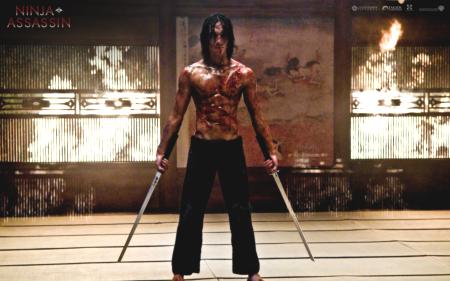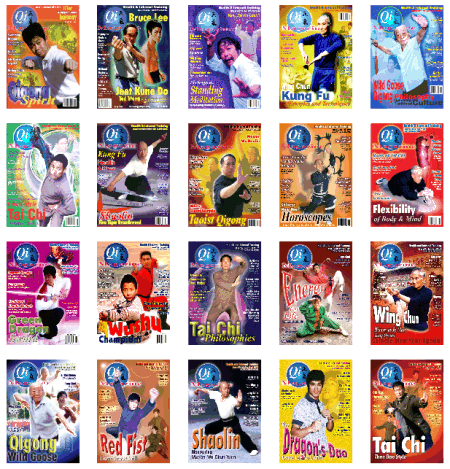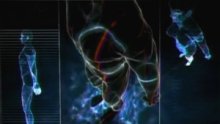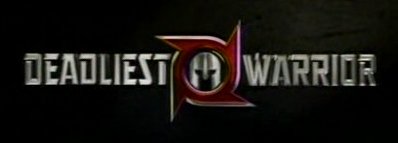Advocates of compulsory health insurance plans will often ask rhetorically, “What if you got hit by a bus?” Yet we all know that the relatively poor health of America today isn’t the result of some freak accident. It wasn’t the shark attack, the falling piano, or the runaway Prius that has led so many of us to physical (and financial) ruin.
The real cause is inappropriate conduct. It is, primarily, neglect and disregard for the effects of diet, exercise, environmental conditions, and other factors under our imperfect but substantial control.
As a holistic form of exercise, martial arts can arguably be classified as health care. Experienced practitioners also recognize it as a form of health insurance. Daily practice provides a richly detailed baseline against which latent health issues can easily be observed, and hopefully corrected in their earliest stages.
Those are the straightforward facts; now here is the tricky part: we can use martial arts to insure and ensure our health, but how do we insure the practice itself?






